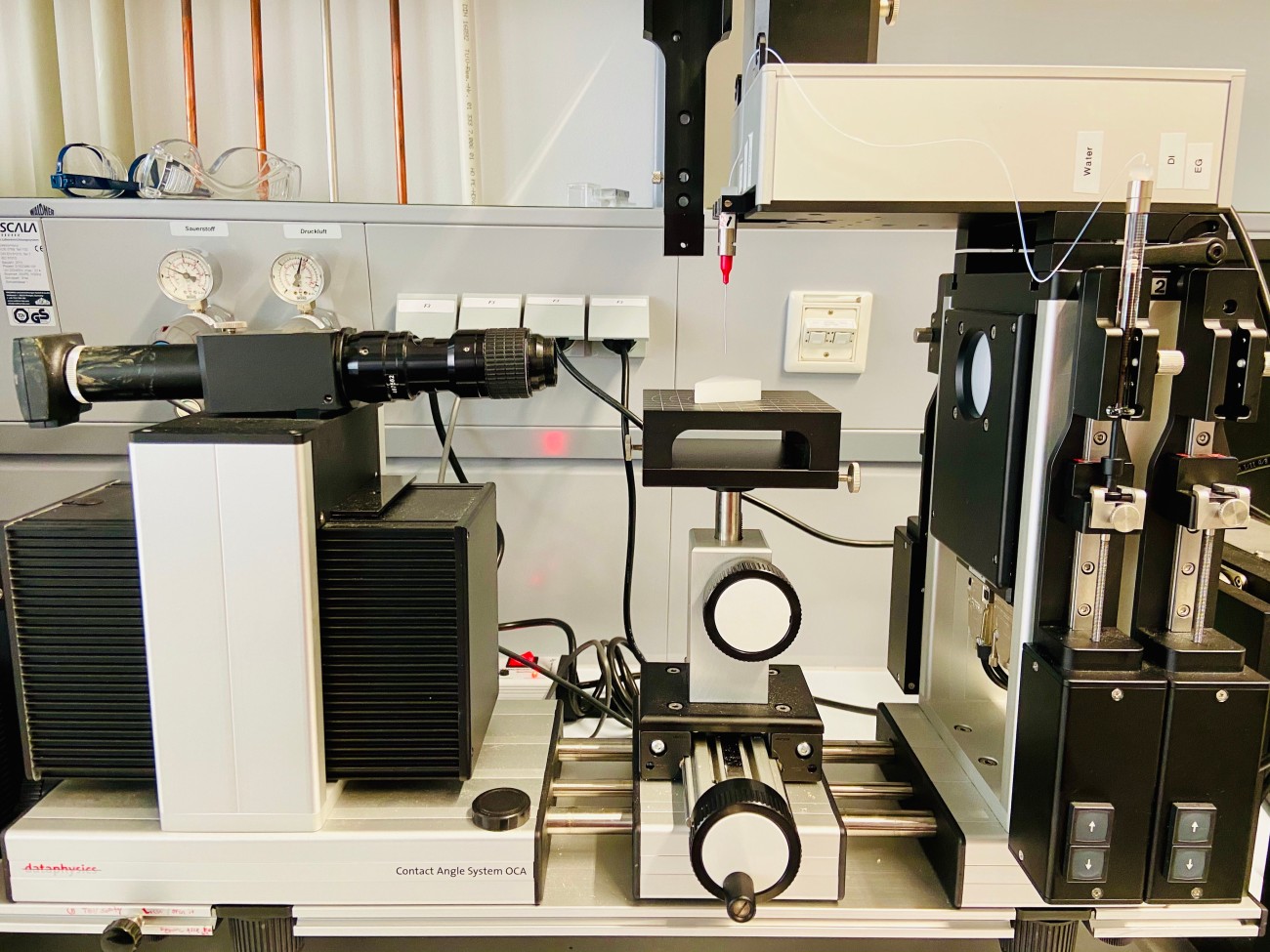M.Sc. Marvin Hoffer
Contact
work +49615116-21922
Work
L2|07 206
Alarich-Weiss-Straße 16
64287
Darmstadt
|
| Investigation of the influence of defects on the nanomechanical properties of graphene by multifrequency atomic force microscopy |
| 1 |
A. L. Eichhorn, M. Hoffer, K. Bitsch and C. Dietz : Adsorbate Formation/Removal and Plasma-Induced Evolution of Defects in Graphitic Materials. [Online-Edition: https://doi.org/10.1002/admi.202300256] In: Advanced Materials Interfaces, (2023) |
| 2 |
A. L. Eichhorn, M. Hoffer, and C. Dietz In-plane and out-of-plane interaction analysis of adsorbates on multilayer graphene and graphite by multifrequency atomic force microscopy. [Online-Edition: https://doi.org/10.1016/j.carbon.2022.08.005] In: Carbon 200, 124, (2022) |
|
| The macroscopic mechanical properties of various materials, especially the ones of polymers, are based on their nanomechanical heterogeneity given by their polymer configuration and conformation, chain length and interactions with each other. The single contributions to the nanomechanical properties of a relevant polymer system as a model shall be investigated systemically within this research project. Therefore, a multifrequency atomic force microscopy measurement method shall be developed to acquire quantitatively the nanomechanical properties at the sample surface and underneath and in all three spatial directions. The first eigenmode of the flexural oscillation of the cantilever shall control the penetration depth of the probe into the sample and the topography shall be measured amplitude modulated. The additional excitation and frequency modulated analysis of the second eigenmode of the flexural oscillation and the first torsional eigenmode are used to detect the conservative and dissipative fractions of the tip-sample interactions in different spatial directions. The influence of the chain length and the layer thickness of thin polystyrene and polybutadiene samples on the nanomechanical properties and therefore the intermolecular interactions shall be examined. The comparison between these properties with cross-linked samples and with diblock copolymers and triblock copolymers consisting of the same components shall give. |

